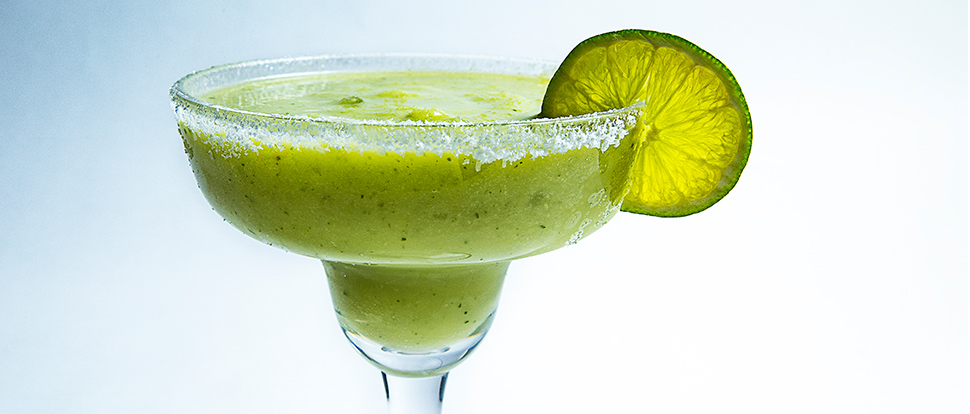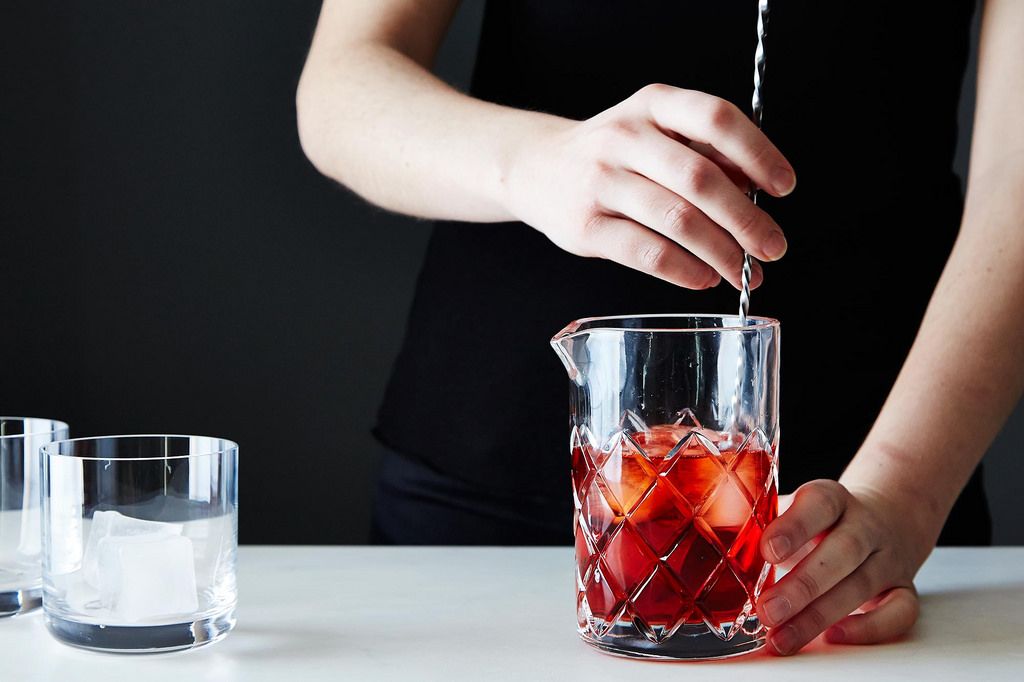Shaken or Stirred? Never Go Wrong Again
These two cocktail preparation methods can produce drastically different results from the same set of ingredients. Both methods are designed to chill the drink to a refreshing temperature and both are undertaken to ensure that the ingredients of the cocktails are fused together. But, both methods will produce different results so the question remains: when is it right to shake, and when is the appropriate time to stir?
01 Smooth Goes the Stir
- Examples of stirred cocktails:
- Negroni
- Manhattan
- Martini
- Old Fashioned
- Sazerac
Principally, stirring is preferred over shaking when you want to showcase the flavours of a base spirit. Think of it as listening to a string quartet compared to a full orchestra, or a stripped down acoustic set compared to a full rock band. The final result is more delicate and has more finesse.
In a stirred drink the other ingredients are there to complement and enhance particular elements of your chosen base spirit and stirring the drink lets you mix these ingredients without muddling the flavours. This allows the discerning drinker to pick out and savour flavours and spirits individually.
Stirred drinks are cool but not too cold, too cold and you’ll nullify the flavours that you’re trying to showcase in your base spirit. Stirring your ice instead of shaking it prevents the ice from breaking and allows you to control the dilution and temperature of the drink much more than you can when shaking a beverage. Stirring also prevents your drink from becoming over diluted and this lower level of dilution means that you can preserve and showcase the textures of your base spirit.

The size of your ice cubes can play a crucial role in tailoring the perfect stirred drink. The smaller the cubes the larger surface area of the ice in your mixing glass and the faster your ice will melt, resulting in diluting your drink faster. Stirring should take no more than 30 seconds, more than that and you risk over-dilution and a weak, sub-par cocktail.
02 Shaking Things Up!
- Examples of shaken cocktails:
- Margarita
- Daiquiri
- Cosmopolitan
- Grasshopper
- Mai Tai
Shaking is principally used when you want to bind all of your ingredients together to create an infusion of flavours. Shaken drinks are usually more complex- ingredient wise- than stirred cocktails and often contain citrus or fruit juices. The flavours from these sweet and sour ingredients need to be throughly incorporated with your other ingredients in order to stop them overpowering the drink; hence the shake.
 Shaken drinks are much cooler than stirred drinks. The vigorous shaking process chips the ice inside the shaker, providing you with a much larger surface area of ice and thus a colder drink. All of this dilutes the beverage much more than the stir method does, but the stronger flavours often used in shaken cocktails stand up well to this extra level of dilution.
Shaken drinks are much cooler than stirred drinks. The vigorous shaking process chips the ice inside the shaker, providing you with a much larger surface area of ice and thus a colder drink. All of this dilutes the beverage much more than the stir method does, but the stronger flavours often used in shaken cocktails stand up well to this extra level of dilution.
The shake makes sure that you bind the more powerful flavours together, however this can only happen if you shake properly. A good shake is a sign of a good bartender, and a good shake is a strong shake. A shake should take between 6-8 seconds with the aim being to properly mix the ingredients as well as to chill them, without over diluting the drink. A mediocre shake results in a mediocre cocktail, shake hard, shake fast and strain. The rule to follow here is: “go big or go home”.

These are the rules, but they’re more akin to guidelines than rules. The martini is a perfect, and the most popular, example of a drink that blurs these boundaries. You can test both methods for your new creations and along the way remember that a good drink can be made using the same ingredients with both methods; the ratios might just have to be different in order to make a well balanced and drinkable cocktail.



